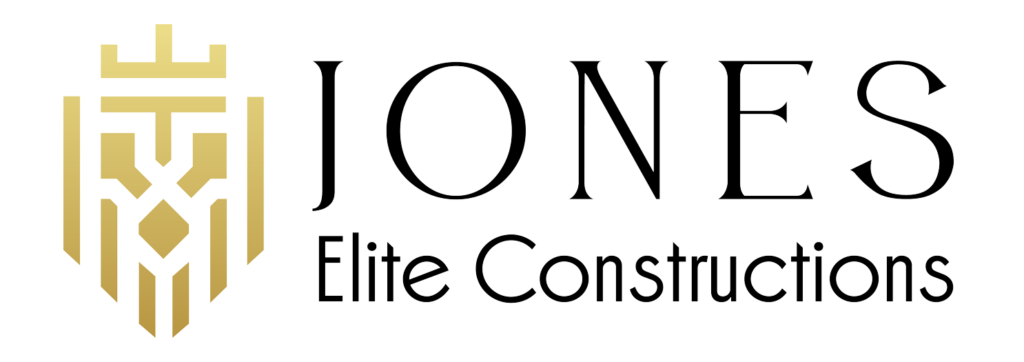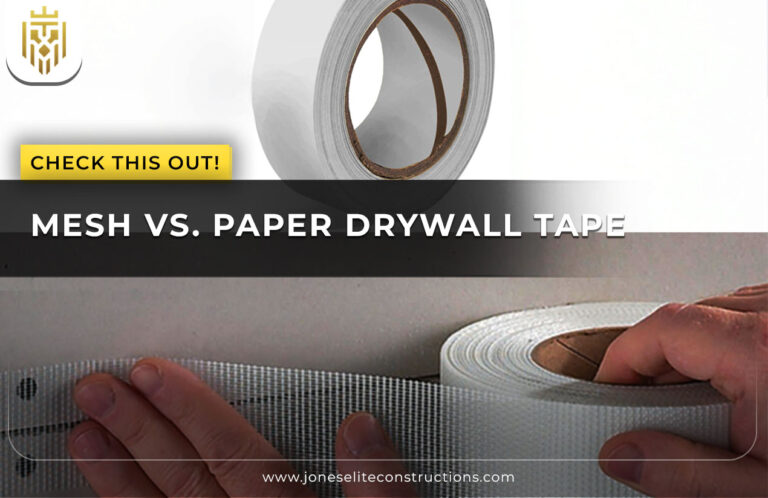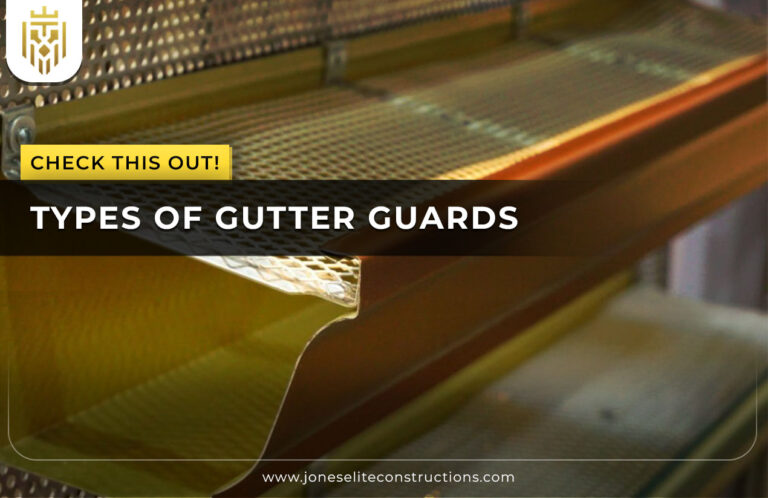What is Drywall?
Drywall comprises two sheets of material, with gypsum plaster pressed between them, forming a panel. The material is applied to interior walls and ceilings to give them a smooth surface. The system is light, simple to attach and able to work with any kind of drywall used in construction.
What Is Drywall Made Of?
Drywall is mostly composed of gypsum, a mineral that helps keep things fire-proof and dry. A layer of paper comes before and after the gypsum. Some fire resistant drywall contains materials such as fiberglass to make it both more durable and more protection against fire.
Different Types of Drywall

The different types of drywall comprise Regular Drywall, Moisture-Resistant Drywall, Water-Resistant Drywall, Fire-Resistant Drywall (Type X), Soundproof Drywall, VOC-Absorbing Drywall, and Paperless Drywall. Each type is designed to control moisture, resist fire or stop sound. The right drywall for you depends largely on where it will be installed and how it will be used.
Regular Drywall
For low-humidity areas, standard drywall is the best and cheapest choice. It matches the needs of typical living rooms, bedrooms and hallways. The reason many people use drywall is that it costs less than other types and is fairly simple to handle.
Moisture-Resistant Drywall
Water-repelling chemicals are applied to this drywall, making it suitable for installing in areas with moderate moisture like laundry rooms and basements. Its waterproofing is not complete, but it works better than ordinary drywall in wet conditions. This type of drywall is designed for use where moisture exists.
Water-Resistant Drywall
This type of drywall is created for bathrooms and kitchens because water splashes often happen there. The finish stops wetness, avoiding molds and decay on the wood. This plays a big role in understanding how to choose drywall that goes in wet spots.
Fire-Resistant Drywall (Type X)
A fire resistant drywall, also known as Type X, includes fibreglass and other elements that help slow down a fire. You find it in garages, stairwells and commercial settings. Usually, code requires the use of fire resistant board to enhance the safety of a building.
Soundproof Drywall
Layers of gypsum and polymers in soundproof drywall help to muffle noise moving from one room to another. It is perfect for setting up in a home theatre, your bedroom or in shared walls in an apartment. This particular drywall helps create privacy from sound.
VOC-Absorbing Drywall
VOC-absorbing drywall removes volatile organic compounds from the air inside your home. It is the preferred option for places promoting health and environmental safety. Green buildings are increasingly using this type of drywall, even though it is not standard in every project.
Paperless Drywall
Drywall covered in fiberglass instead of paper offers better mold and moisture resistance. You can find rubber flooring in the kitchen, bathroom and basement. It stands as a robust product in drywall, particularly when worries about mold are present.
Things to Consider before Choosing the Right Type of Drywall

Choosing drywall requires considering the area you have, the amount of moisture involved, sound requirements and fire protection. Examining both types of drywall helps you choose the right one for your home which will last over time.
Intended Use
Selecting drywall should be based on how the room will be used. In garages, fire resistant drywall is vital, compared to moisture-resistant types in bathrooms. Before buying drywall, find out what the wall will be used for because it affects which drywall is best.
Size and Thickness
Drywall sheets are available in different lengths, widths and levels of thickness for use in different situations. Having thicker panels in your home lets you enjoy better soundproofing and improved strength. Learning about the space makes it simpler to pick the right size and grade of drywall.
Building Code Requirements
Specific drywall choices such as fire resistant options for utility rooms or basements, may be required by local codes. It is important to comply with these rules and check which kinds of drywall are approved or necessary in the area.
FAQs
1) What is drywall?
Drywall comprises two sheets of material, with gypsum plaster pressed between them, forming a panel. The material is applied to interior walls and ceilings to give them a smooth surface. The system is light, simple to attach and able to work with any kind of drywall used in construction.
2) What Is Drywall Made Of?
Drywall is mostly composed of gypsum, a mineral that helps keep things fire-proof and dry. A layer of paper comes before and after the gypsum. Some fire resistant drywall contains materials such as fiberglass to make it both more durable and more protection against fire.
3) What Are The Different Types of Drywall?
The different dry-walls consist of Regular Drywall, Moisture-Resistant Drywall, Water-Resistant Drywall, Fire-Resistant Drywall (Type X), Soundproof Drywall, VOC-Absorbing Drywall, and Paperless Drywall.
4) How to Choose the Right Type of Drywall?
Choosing drywall requires considering the area you have, the amount of moisture involved, sound requirements and fire protection. Examining both types of drywall helps you choose the right one for your home which will last over time.









